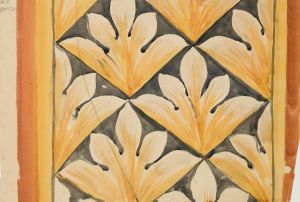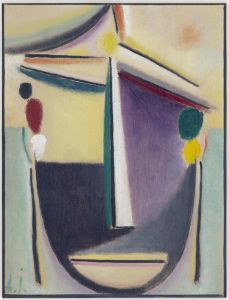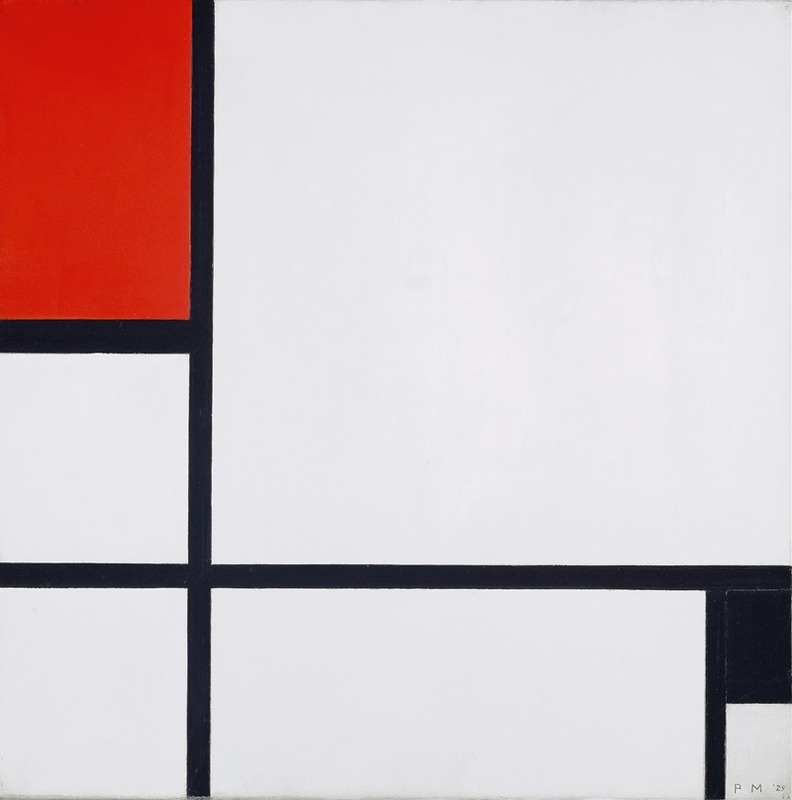
Composition No. I, with Red and Black
A hand-painted replica of Piet Mondrian’s masterpiece Composition No. I, with Red and Black, meticulously crafted by professional artists to capture the true essence of the original. Each piece is created with museum-quality canvas and rare mineral pigments, carefully painted by experienced artists with delicate brushstrokes and rich, layered colors to perfectly recreate the texture of the original artwork. Unlike machine-printed reproductions, this hand-painted version brings the painting to life, infused with the artist’s emotions and skill in every stroke. Whether for personal collection or home decoration, it instantly elevates the artistic atmosphere of any space.
"Composition No. I, with Red and Black" is a painting by the Dutch artist Piet Mondrian, created in 1929. Mondrian is a central figure in the De Stijl art movement, which he co-founded with Theo van Doesburg. This movement, also known as Neoplasticism, is characterized by a reduction to the essentials of form and color, focusing on the use of straight lines, right angles, and primary colors along with black, white, and gray.
The painting "Composition No. I, with Red and Black" exemplifies Mondrian's mature style, which he developed after years of experimentation and evolution. By the late 1920s, Mondrian had refined his approach to abstraction, moving away from representational art to focus on pure geometric forms. This work is a prime example of his commitment to achieving harmony and balance through the careful arrangement of lines and color blocks.
In "Composition No. I, with Red and Black," Mondrian uses a grid of vertical and horizontal black lines to create a series of rectangular forms. The composition is asymmetrical, yet it achieves a sense of balance through the distribution of color and space. The use of red in one of the rectangles adds a focal point and contrast to the otherwise monochromatic palette of black, white, and gray. This strategic placement of color is a hallmark of Mondrian's work, as he believed that color should be used sparingly and purposefully to enhance the overall composition.
Mondrian's artistic philosophy was deeply influenced by his spiritual beliefs and his interest in theosophy, a religious movement that sought to explore the connections between the divine and the material world. He believed that art should transcend the depiction of the physical world and instead express universal truths and harmony. This belief is reflected in the simplicity and clarity of his compositions, which aim to evoke a sense of order and purity.
"Composition No. I, with Red and Black" is part of Mondrian's broader body of work that has had a lasting impact on modern art and design. His approach to abstraction and his use of geometric forms have influenced a wide range of artistic disciplines, from painting and sculpture to architecture and graphic design. Mondrian's legacy can be seen in the works of later artists and movements, such as Minimalism and Abstract Expressionism, as well as in contemporary design and popular culture.
The painting is housed in the Kunsthaus Zürich, a major art museum in Switzerland. The Kunsthaus Zürich holds an extensive collection of modern art, and Mondrian's work is an important part of their collection, showcasing the evolution of abstract art in the early 20th century.
In summary, "Composition No. I, with Red and Black" is a significant work by Piet Mondrian that exemplifies his mature style and his contributions to the De Stijl movement. Through its use of geometric forms and primary colors, the painting reflects Mondrian's pursuit of harmony and universal truth in art.





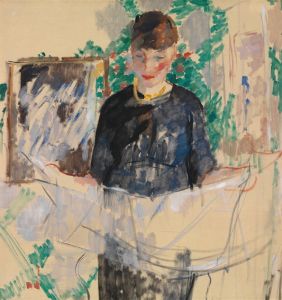



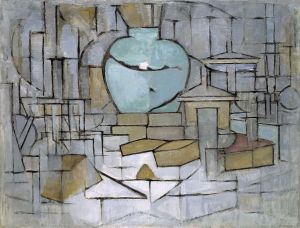
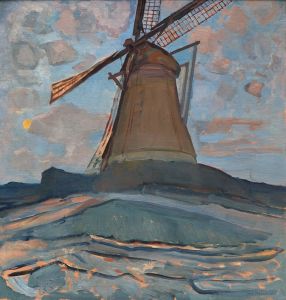
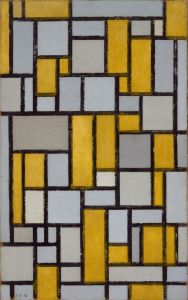
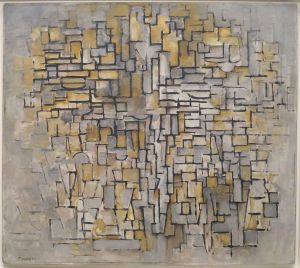
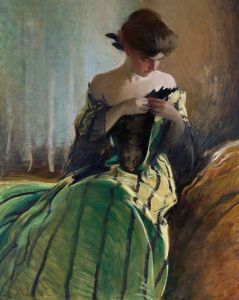
![Graphic design drawings for Barricini Candy packages.] [Study, ‘French Chocolates’ candy box, pink and black](/imgs/249347/s/winold-reiss-graphic-design-drawings-for-barricini-candy-packages-study-french-chocolates-candy-box-pink-and-black-5b35608f.jpg)
![Interior perspective drawings of Hotel Siwanoy, Mount Vernon, NY.] [Interior perspective, unidentified room in pink, vermillion, and black](/imgs/249371/s/winold-reiss-interior-perspective-drawings-of-hotel-siwanoy-mount-vernon-ny-interior-perspective-unidentified-room-in-pink-vermillion-and-black-69402656.jpg)
